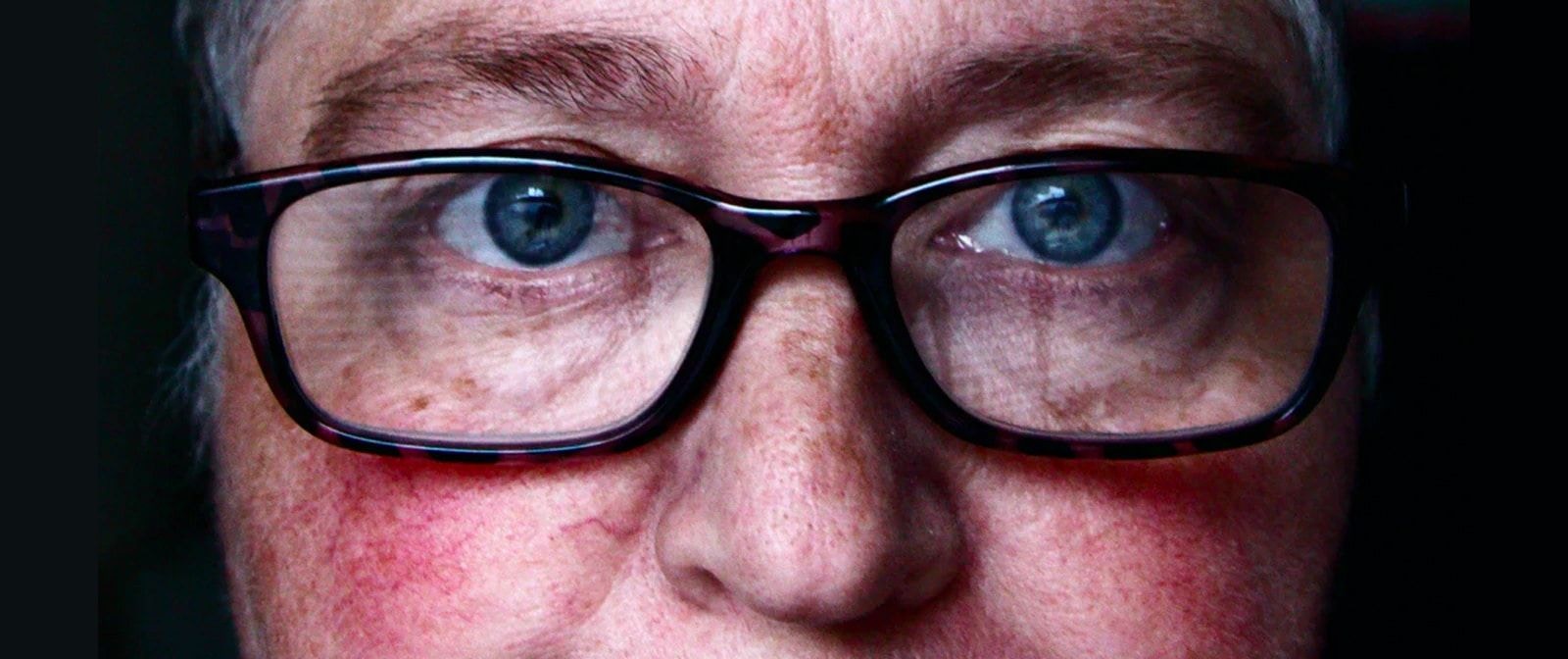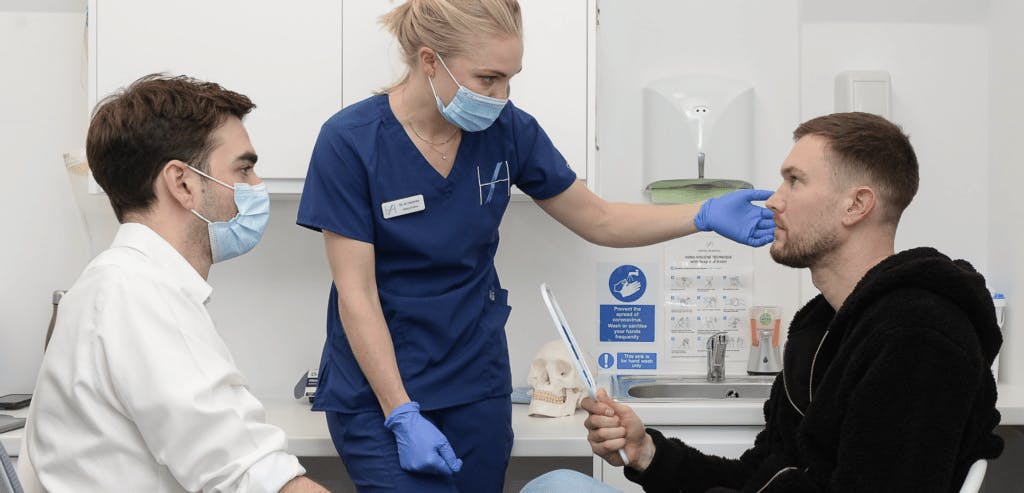Botox And White Patches When Flushed

A connection has been made between facial botox and white patches when flushed. New research from a team in Beirut, Lebanon, discovered this “embarrassing” effect when exploring botulinum toxin effects on certain dermatological conditions.
Details of their investigation into botulinum toxin injections on prefractory erythematous-telangiectatic rosacea and post-menopausal facial flushing, have been published in the Journal of Cosmetic and Laser Therapy.
“Embarrassing white patches all over the face”
Intradermal botulinum toxin can have a positive effect on these dermatological conditions, reducing associated flushing. “Mesotox” treatments take advantage of this, reducing the potentially embarrassing redness of skin.
However, the benefits may be outweighed by the potential for pale patches appearing when skin becomes flushed, for example during exercise. This could make a discreet treatment obvious to an observer.
The study authors advise “the desired effect of treating the reddening in patients suffering from facial flushing can become an undesirable and embarrassing side effect when these same patients present to the clinic for aesthetic concerns such as upper face rhytides. In this case, intramuscular botulinum toxin injections used for wrinkles treatment will also secondarily treat the facial reddening in their localized skin diffusion zones and result in embarrassing white patches all over the face.“
Case observed by Harley Academy founder
The range of skin tones represented by participants in this study is unclear. However, Harley Academy founder, Dr Tristan Mehta recently found this exact reaction in one of his patients. She is a Fitzpatrick Type I and started to observe this reaction, even six months post toxin treatment.
After exercising, her face became flushed and she developed white patches. If you are a member of the aesthetic medicine community platform, Comma, you will be able to see a picture of the patient which highlights the white versus flushed areas after exercise.

Cover in clinical consultations for botox patients
In light of these recently published findings, it is worth considering these effects when conducting thorough clinical consultations prior to botox appointments.
Obviously you will already take your patients’ medical history. Rosacea or menopausal flushes are not a contraindication for treatment. But you may want to also discuss any rare issues surrounding facial flushing and redness – including after exercise.
It is also appropriate to ask current or previous botox patients if they have noticed these types of issues when you speak to them. Any drug may produce unwanted or unexpected adverse reactions. Detection, reporting and investigation of adverse drug reactions is of fundamental importance so that appropriate regulatory action is taken to ensure that medicines are used safely. If your patients may have experienced this, or any other adverse reaction, you can report occurrences using the MHRA’s Yellow Card scheme.
All information correct at the time of publication
Download our full prospectus
Browse all our injectables, dermal fillers and cosmetic dermatology courses in one document
By submitting this form, you agree to receive marketing about our products, events, promotions and exclusive content. Consent is not a condition of purchase, and no purchase is necessary. Message frequency varies. View our Privacy Policy and Terms & Conditions
Attend our FREE open evening
If you're not sure which course is right for you, let us help
Join us online or in-person at our free open evening to learn more
Our Partners














STAY INFORMED
Sign up to receive industry news, careers advice, special offers and information on Harley Academy courses and services

